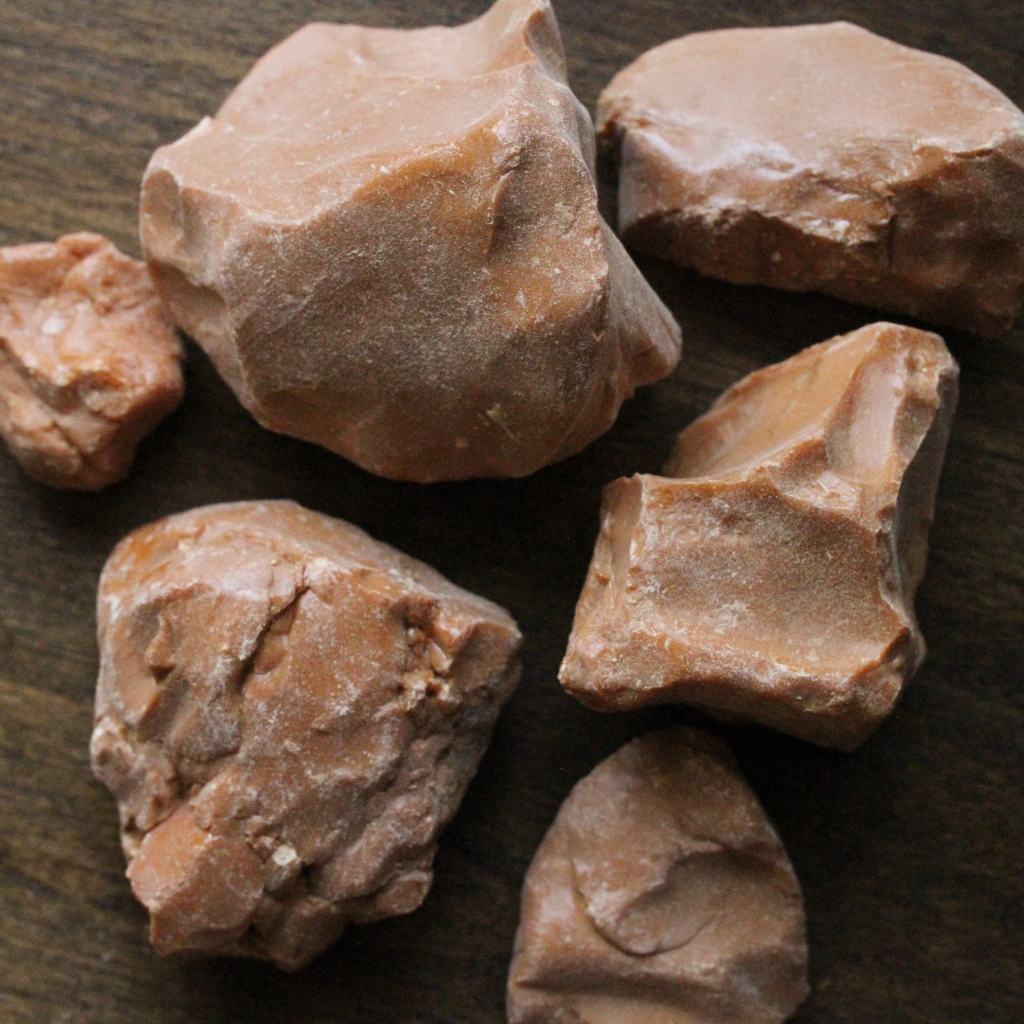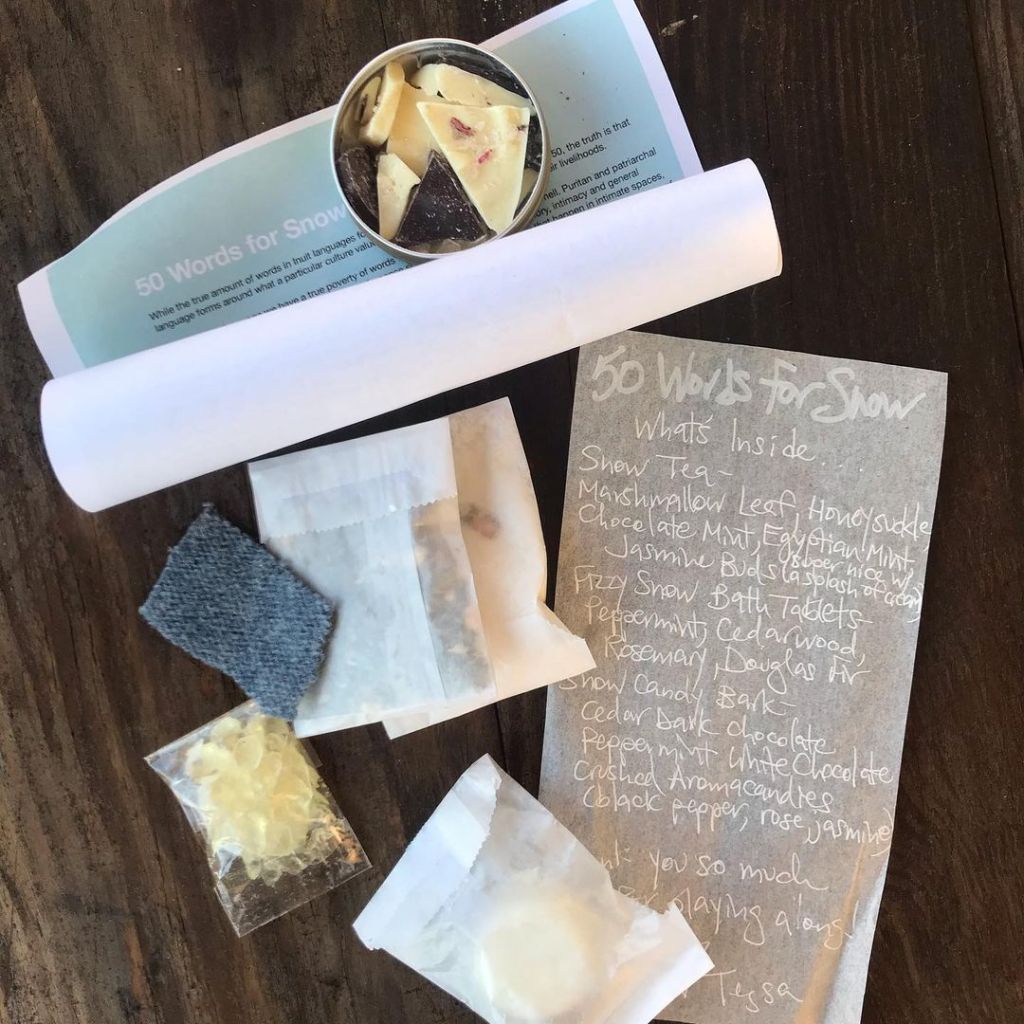
Vanilla: the foundational gourmand note. The characteristic volatile molecule of vanilla is vanillin, which is often used on its own to inexpensively impart a vanilla note. Vanillin is also present in other materials such as benzoin resin, wheat, and oak wood (especially after it has been heat-treated to barrel spirits like whiskey).
Vanillin is distinctively sweet and creamy, and vanilla can have aspects that are fruity, floral, smoky, medicinal, almondy, anisic, caramellic, animalic or leathery.

M. Micallef Note Vanillee walks the line between vanilla’s light and dark sides: honey-floral jasmine notes, boozy cognac, juicy mandarin, and a hint of anise. Inviting and mischievous.
Jovoy Fire at Will is a delicious brown sugar vanilla. Mimosa lightens with a slight powderiness, for a scent that is playful and seductive.
Perris Monte Carlo Vanille de Tahiti’s vanilla is rich and almondy. Ylang ylang and champaca bring a ripe fruity-floral character, and sandalwood adds to vanilla’s creaminess and depth.
Les Indemodables Vanille Havane focuses on vanilla’s dark side: notes of leather, rum, tobacco, spices, dried fruits, and even cocoa. Still absolutely a gourmand, and very much centered around vanilla, but in an unusually rich way.
Jeroboam Insulo uses clean musk notes and airy jasmine to render this vanilla sheer, a “skin scent” vanilla.
Profumum Roma Vanitas is sugary sweet. Delicate orange blossom and soft myrrh keep this vanilla from becoming overly candied or childish, yet it’s still as delightful as a marshmallow.
Essential Parfums Divine Vanille is the perfume that I always want “wood vanilla” or “incense vanilla” scents to be. Every note blends with and modifies the other notes, for an overall effect like a smooth color ombre. Tonka softens vanilla, becoming like suede with osmanthus. Cinnamon bark’s spice brings out subtle fruit notes, and locks in with the woodiness of cedar, patchouli, and clary sage. Benzoin bridges these notes back into the central vanilla and brings out their incense aspects. A hint of black pepper adds earthy, bitter balance to vanilla’s sweetness, and silky-sheer musks smooth over it all.














